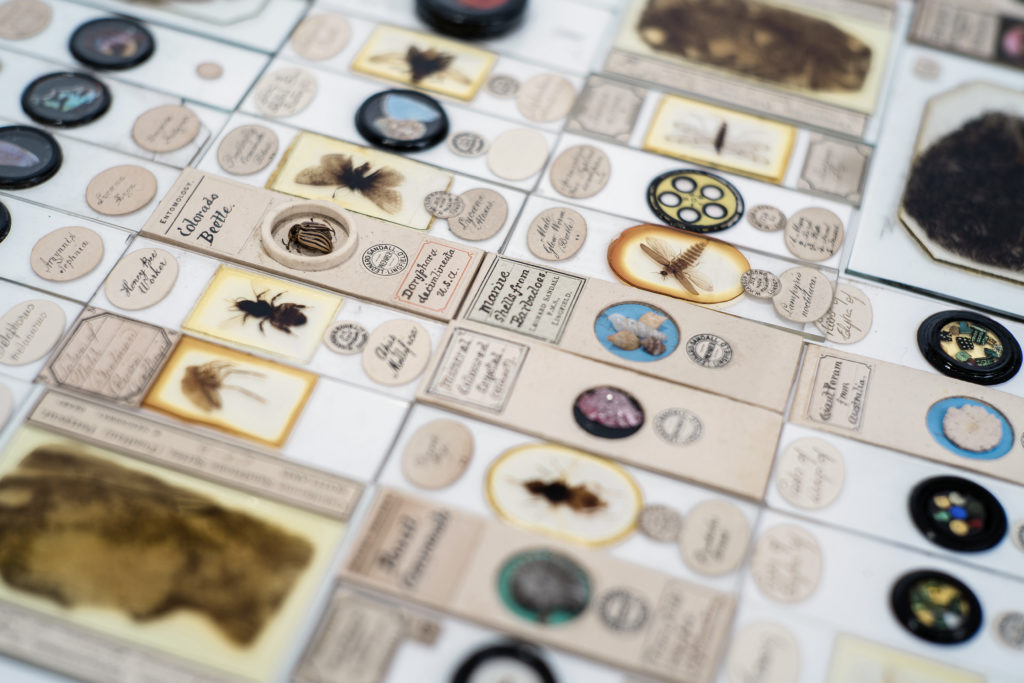

Antique scientific instruments have a unique appeal for collectors, museums, and academic institutions worldwide. If you're considering selling scientific instruments at auction, it’s important to understand how to maximize their value and connect with the right buyers. In this blog post, we’ll explore everything you need to know about auctioning your items with Flints Auctions, a leading specialist in scientific instrument sales.
Scientific instruments are tools used by scientists, engineers, and professionals to observe, measure, and analyze. These range from microscopes and telescopes to more specialized items like orreries, sundials, and early calculators. Instruments from the 17th to the 20th century are particularly valuable, as they often combine craftsmanship with scientific innovation.
Selling scientific instruments at auction can be a highly lucrative option. Auctions bring together a targeted and informed audience of serious collectors and institutions, creating a competitive bidding environment, auctions can help sellers achieve the highest market price.
Our fine & Collectors scientific auctions feature a wide range of instruments, from the earliest periods to the mid-20th century. Some of the most popular categories include:
At Flints Auctions, we handle every step of the auction process with care and professionalism to ensure you get the best value for your instruments. Here’s how it works:
The first step is obtaining an accurate valuation for your instrument or instruments. One of our specialists in antique scientific instruments can asses its value based on current market value, rarity, condition, and historical significance. To request a free valuation, simply fill out our online form on the right of this page.
Once you consign your item, we’ll meticulously catalog and photograph it for our auction catalog. Our team writes detailed descriptions that highlight the historical and technical aspects of each item, appealing to bidders. We also promote your item globally via bidding platforms (https://www.liveauctioneers.com/ | https://www.the-saleroom.com/en-gb | https://www.invaluable.com/ | https://drouot.com/fr/ ) trade publications, social media, and email campaigns, ensuring maximum exposure.
On the auction day, your instrument will be presented to buyers worldwide via our online auction platforms. This global audience ensures your item reaches the right bidders and a higher final sale price.
After the sale, you’ll receive payment minus our commission fee within 3 weeks of the sale date. Our transparent and fair commission structure means you can keep a significant portion of the sale price.

 Matt Nunn
Matt NunnMatt started as an electrical engineer and worked for Harrods, amongst others, as a senior project engineer and pursued his professional qualifications to become chartered. However, all along his real passion was in the world of antiques, and he became a full-time antique dealer back in 2006 running Apsley Antiques Ltd. At this time he took over the ownership and running of the London Scientific and Medical Antique fair which he ran for six years.
His areas of specialism are early optical instruments with a particular emphasis on the history of microscopy, and early technology from early electrical equipment to steam engines.